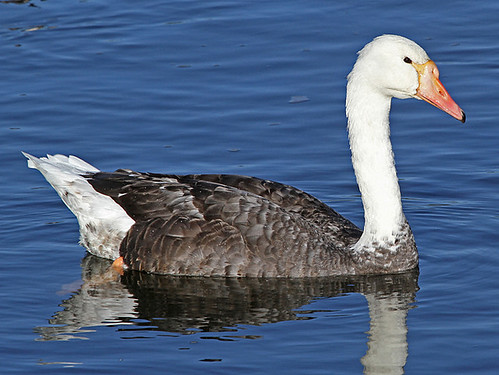I’ve been thinking a lot about food this week. Which I suspect is because we’ve had a week of eating exceptionally well – more of this in the next couple of days, I hope. Not un-naturally my thoughts turned towards curry.
I love curry. I’ve been eating curry almost as long as I can remember and I always have loved it. I’ll eat almost any meat or vegetable curried. Lamb or beef are the favourites. Pork would be my last choice of meat; somehow it never seems to quite work when curried. But I’m not keen on prawns in curry – their flavour is too delicate – and I’ve not been impressed the couple of times I’ve tried curried fish.
I’ll eat curry as hot as you care to make it. I regularly used to make vindaloo when I was a student, and I do still occasionally, although I generally don’t eat vindaloo in restaurants as one never knows quite how stunningly hot they’ll make it or how good it will be; Madras is a safer bet in terms of hotness and goodness until one knows the restaurant. I’m not so keen on the mild, sweeter styles like Kashmir, but that’s because I dislike sweet with meat. I love coconut in curry although we tend to avoid using it due to the high fat content.
And curry to me means Indian sub-continent curry. I don’t dislike &ndash indeed I do rather like – Thai green or red curries but for me they don’t have that quintessential curryness. The same applies to other hot spicy dishes from SE Asia – they’re good but not really quite like curry.
I don’t mind whether my curry comes with rice, or nan bread, or (preferably) both. I’m not a great one for the traditional accompaniments to curry. Mango chutney is horrible – it’s sweet with meat again and also sweet with vinegar, neither of which I like overly. But I do quite like raita or yoghurt or even mayonnaise. At home we most often eat chopped banana and/or chopped avocado as an accompaniment to curry – they work surprisingly well. Curry is always washed down with either a couple of beers or industrial quantities of gin and tonic. Never wine. I know many people say wine is OK with curry but it doesn’t work for me.
We make curry at least once a week, and it is always different as we usually blend our own spices – well really it’s more like just chuck in random amounts of a few spices; nothing scientific – depending on who’s cooking and how we feel. The two constants are turmeric and chilli. When you grow your own chillies you can vary the chilli flavour and hotness easily. We tend to avoid pre-prepared curry pastes as they are really much too oily, although the flavours are good. Like almost everything else we eat we always cook the curry from scratch: fresh meat and fresh veg. And it is very often accompanied by Noreen’s special lemon rice – seriously good!
We don’t eat curry out very often these days. Sadly most Indian restaurant curries are far too oily and thus high in calories, and as one has the tendency to over-order we therefore tend to over-eat. Moreover curry houses are establishments which, as a general rule, I don’t trust with their hygiene unless I know them or have been given a solid recommendation. If I am eating in a restaurant I will usually have either Dall (lentils) or Channa (chickpeas) as an accompaniment – something I never bother to cook at home.
What I don’t understand, though, is why an hour after eating curry I always feel the need for something sweet. Not a horrible sticky Indian pudding. More like a couple of chocolates; just a mouthful; a couple of chocolate covered Turkish Delights hit the spot well. Why this craving for just that mouthful of sweet after curry? Anyone got any ideas?









